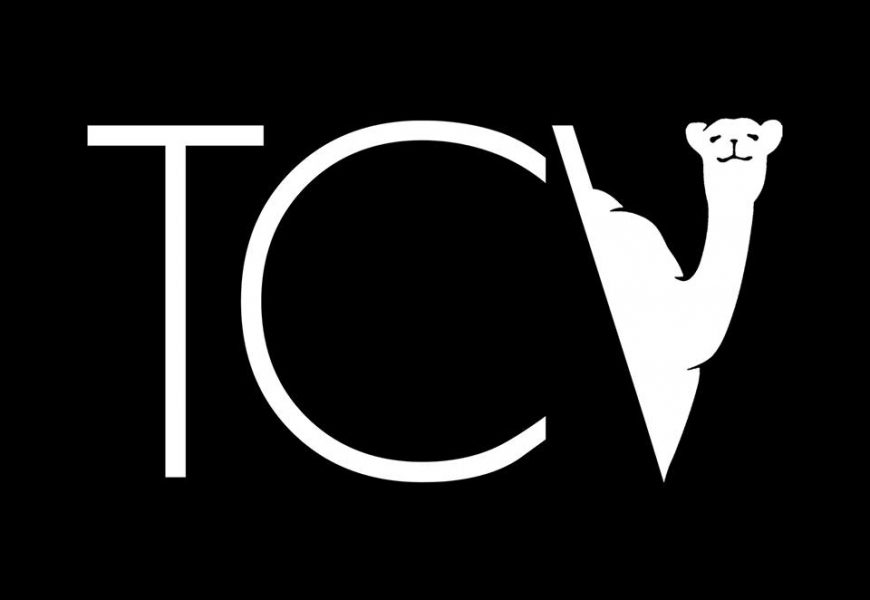When people think of the word “marathon,” they think of the ING New York City marathon. The first New York marathon was organized in 1970 and included a mere 170 runners. It is probably correct to assume that almost all of them were running by themselves at some point along the 26.2 mile course. Forty years later, 47,000 racers took to the streets of New York on November 6th, flanked this time by other runners and cheering fans while traveling the dense city neighborhoods.
Was the body made to run 26.2 miles? Probably not. For this, I must offer major kudos to the 47,000 runners who took to the starting line in New York on that day. The race is made up of those who run on behalf of charities and organizations, and then those whose job is to run. These professionals are the ones who run at an exceptional pace, leading the pack of thousands, only to leave them in the dust a few strides in. This year’s marathon was nothing short of a spectacle, as the 26.2 mile course was covered in an astonishing record-setting time.
It was Geoffrey Mutai, 30, the self-coached Kenyan who soared across the finish line in a remarkable two hours, five minutes and six seconds for his first NYC marathon win. This was not Mutai’s first win of the season. Back in April, he ran the fastest 26.2 miles in history when he completed the Boston marathon in two hours, three minutes and two seconds. Unfortunately, the Boston course is considered too straight and too downhill for the time to be considered an official record. After running in a tightly packed group for the first 16 miles of the NYC course, it wasn’t until Mutai reached the Bronx that he began to break away from the pack. It was then that he was able to run a confident race, albeit one he said was not easy.
The previous NYC course record was two hours, seven minutes and 43 seconds, set in 2001 by Ethiopia’s Tesfaye Jifar. The top three runners in NYC eclipsed that time, as Kenyan Emmanuel Mutai—no relation to the winner—and Ethiopia’s Tsegaye Kebede all crossed the finish line before two hours, seven minutes and 13 seconds. Emmanuel Mutai and Kedebe will each receive a $70,000 bonus, in addition to their reward for placing second and third, for breaking the record, while the winning Mutai was awarded $130,000.
The first American to finish the race was 2009 winner Meb Keflezighi with a time of two hours, nine minutes and 13 seconds. Not far behind was the first female runner, Ethiopia’s Firehiwot Dado, cruising to victory in two hours, 23 minutes, and 15 seconds. Dado was especially joyous when she broke the tape after passing London marathon winner Mary Keitany in the final mile. The first American female finisher was Molly Pritz, hitting the 26.2 mile mark at just over two and half hours.
New York is not just a showcase for the world’s best distance runners. As of 2000, the ING NYC marathon has grown to become of the most competitive wheelchair marathons in the world, with over 200 athletes competing in the wheelchair and handcycle division.
The running race wasn’t the only division to see a world record crushed. Masazumi Soejima, the first Japanese to win any of the races, won the men’s division in a time of one hour, 31 minutes and 41 seconds. On the women’s side, Amanda McGrory of Champagne, Illinois, rolled through the finish line in a time of one hour, 50 minutes and 24 seconds. Soejima dedicated his amazing win to his children in Japan who were affected by the March earthquake and tsunami.
The body may not have been created to endure such physical or mental pain, but these individuals prove that it is an amazing feat to train the body beyond what it is meant to do. If you feel like running a casual 26.2 mile race in the near future, the ING New York marathon, on a windless, crisp November day, is the perfect place to start. •









